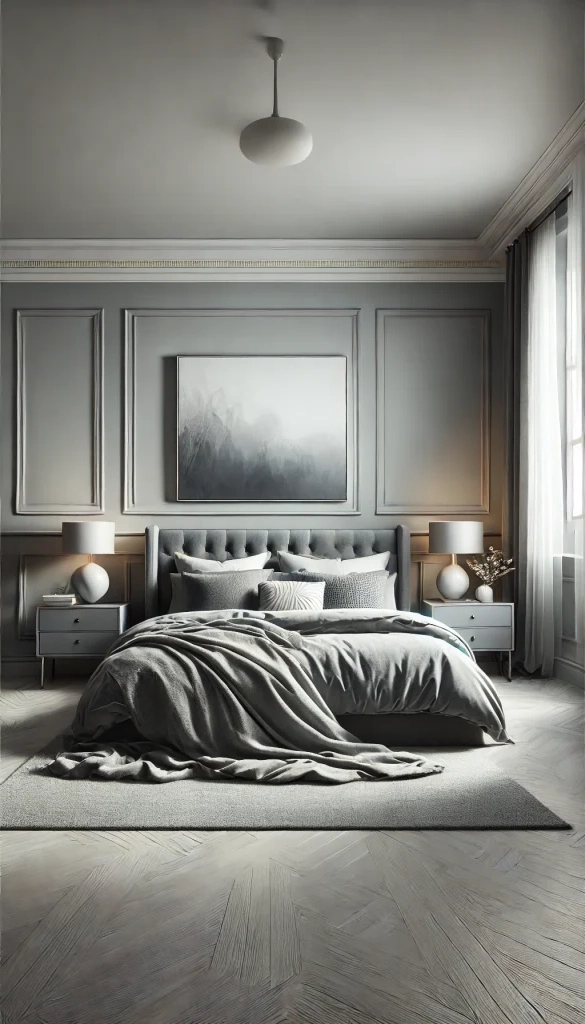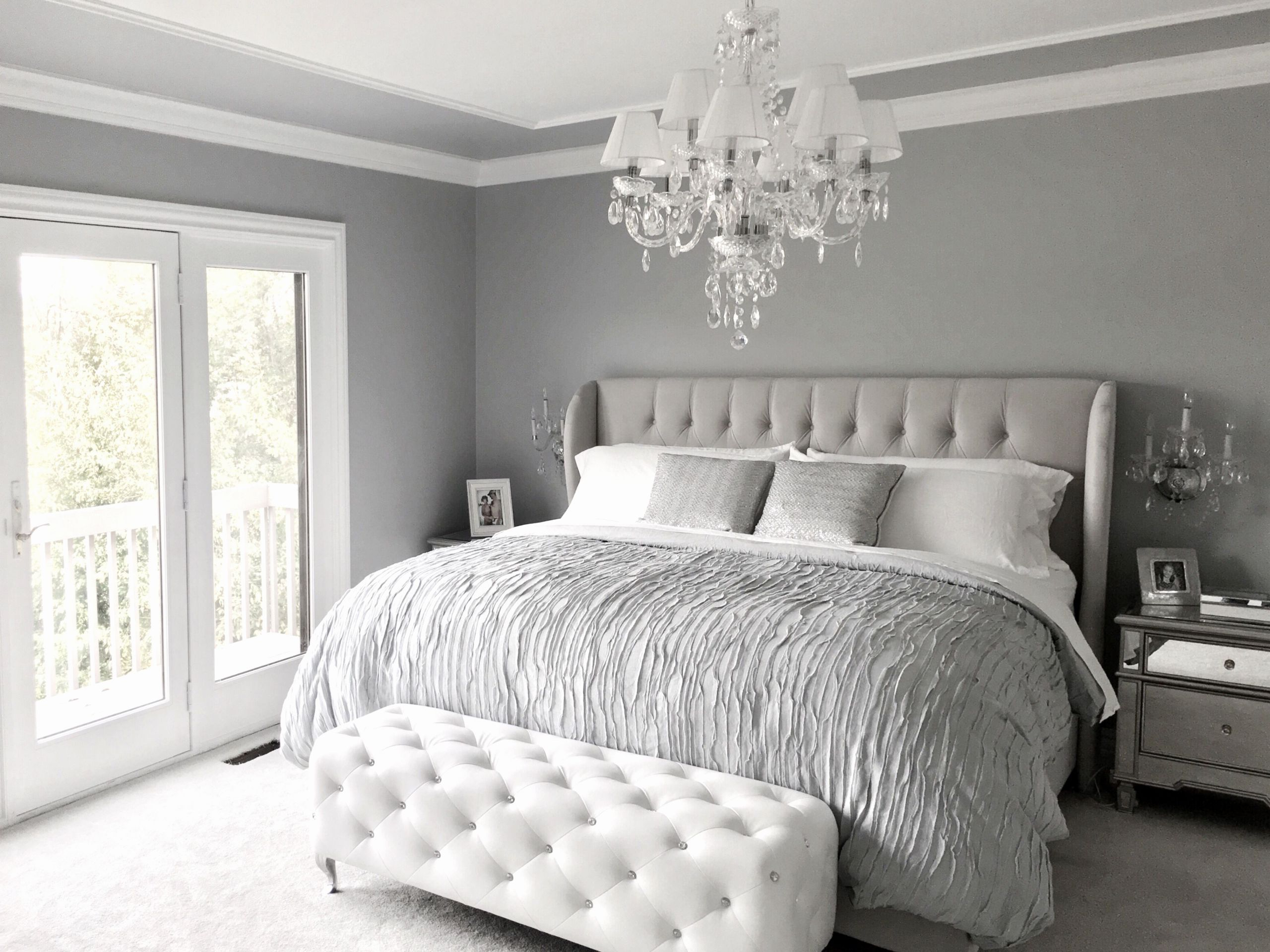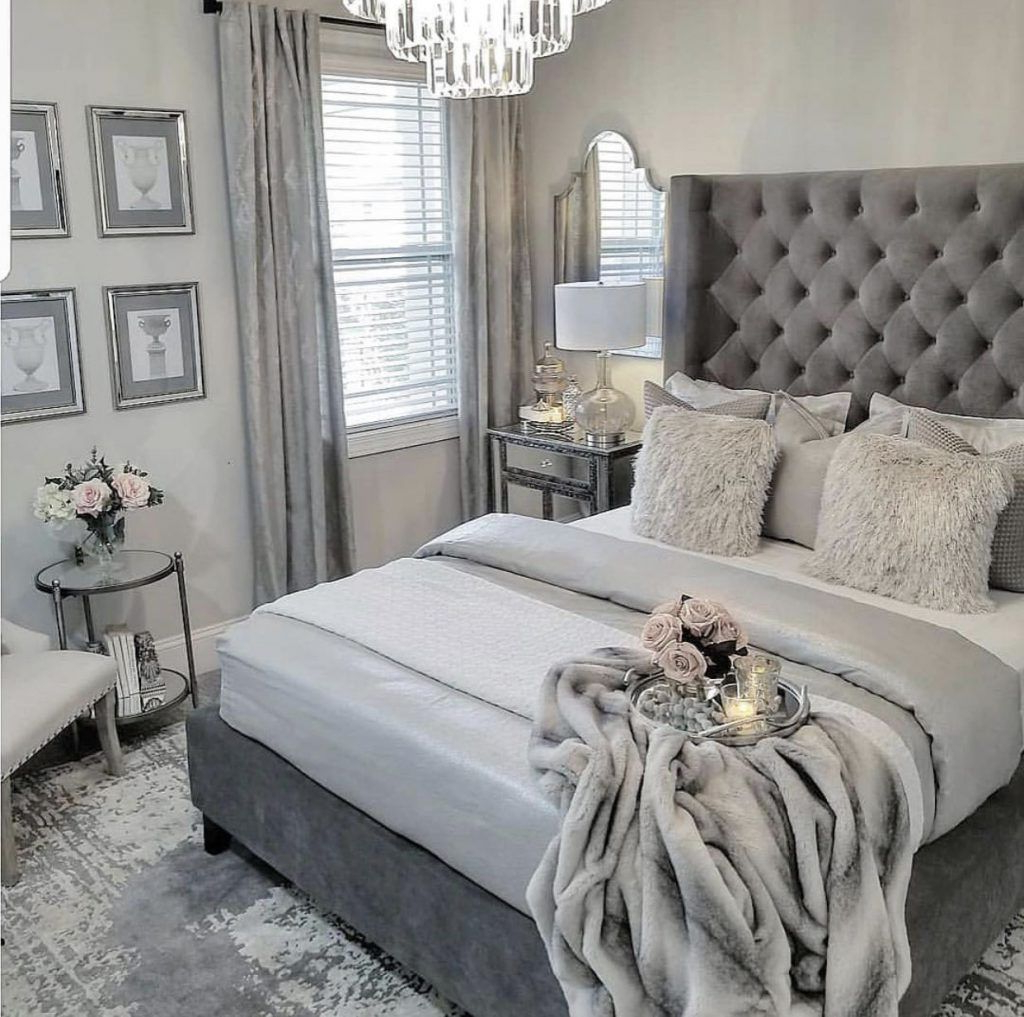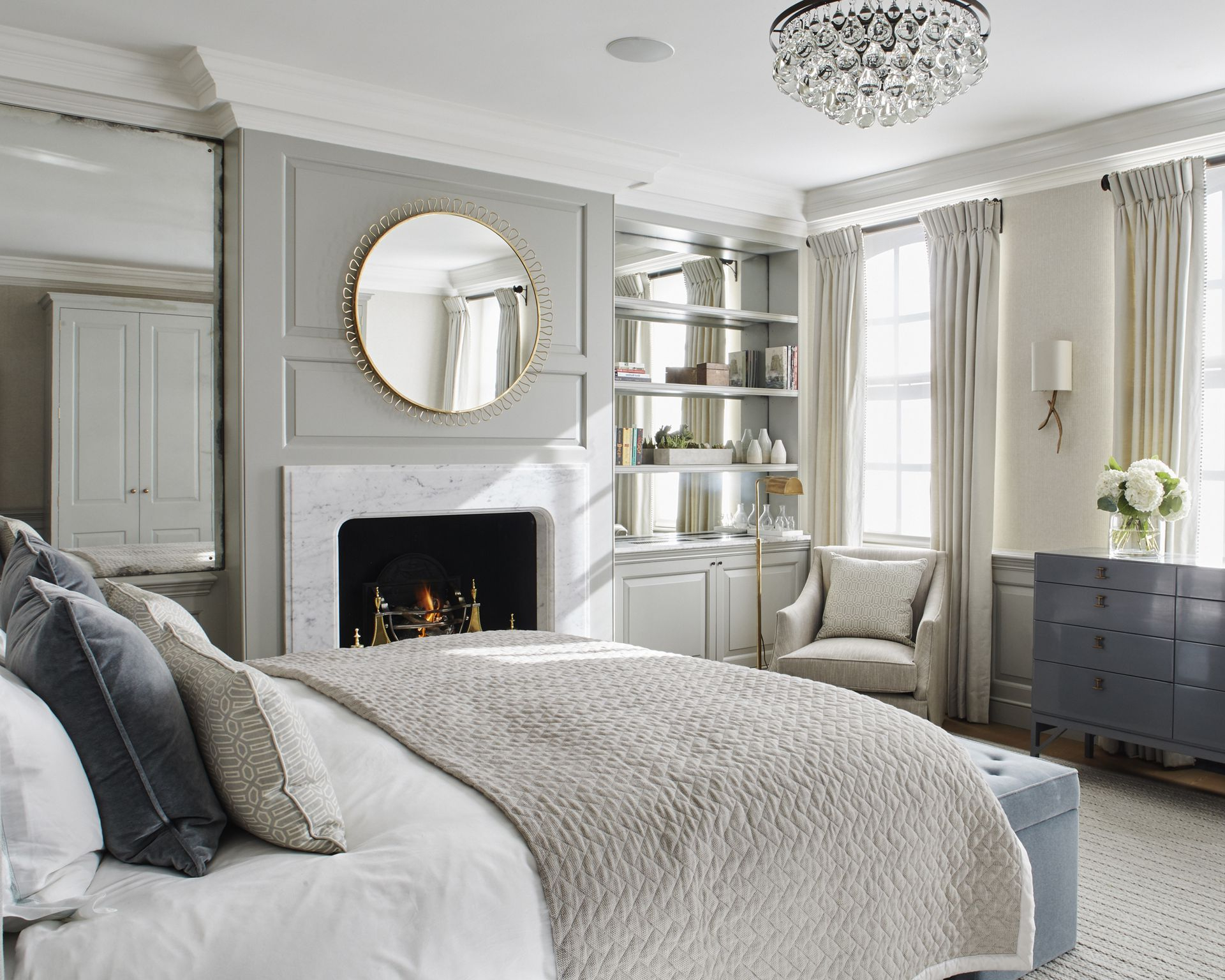Grey bedrooms can be surprisingly dull, but they also offer incredible potential for transformation. These neutral spaces have a way of making us feel disconnected from our personal style and comfort needs. What if you could turn that grey space into something that truly feels like your own? It’s not just about adding pretty things – it’s about creating a place where you actually want to spend time.
Grey bedrooms often feel like the forgotten room in the house. They might look modern and sophisticated from afar, but when you step inside, they can feel cold and impersonal. The truth is, grey isn’t inherently boring – it’s a versatile color that can be warm or cool, dramatic or soft. The challenge lies in how we approach it. Many people assume that grey rooms are destined to be stark and uninviting. But what if we could change that perception? What if we could take that blank canvas and turn it into something that feels completely like you?
Understanding Grey’s Many Personalities
Grey is not one color – it’s a family of tones with distinct personalities. Some greys are warm and inviting, others are cool and clinical. Think of warm greys like silverstone or dove grey – they have undertones of beige or brown that make them feel cozy. Cool greys like graphite or steel grey can feel more modern and sharp. The key is understanding which type of grey you’re working with.
Consider how your grey bedroom feels during different times of day. Does it feel like a cave in the evening? Does it seem too stark in the morning light? These feelings tell you whether your grey is too cool or too warm for your lifestyle. For example, a bedroom with a cool grey wall might benefit from warm wood tones and soft textures to balance the space.
The Power of Layered Textures
One of the most effective ways to transform a grey bedroom is through texture. Grey walls, while elegant, can feel flat without tactile elements. Think about layering different materials – velvet throws, wool blankets, woven baskets, and soft rugs. These elements add depth and warmth that grey alone cannot provide.
Consider this: a simple grey duvet might look bland, but when paired with a textured throw and a woven pillow, suddenly it becomes interesting. The contrast between smooth and rough, soft and structured, creates visual and physical interest. Try incorporating materials like linen, cotton, silk, and even some natural fibers like jute or sisal. Each material brings its own character to the space.
Lighting That Works With Grey
Lighting is crucial in grey spaces because they tend to absorb light rather than reflect it. This means you need to think strategically about how you illuminate your room. Natural light is ideal, but when that’s limited, artificial lighting becomes essential.
Think about using multiple light sources – ambient lighting for general illumination, task lighting for reading, and accent lighting for highlighting textures or artwork. A bedside table lamp with a warm bulb can make a huge difference. Consider dimmer switches so you can adjust the mood throughout the day. A grey bedroom with harsh overhead lighting will always feel clinical. But with layered lighting, it can become a sanctuary.
Color Accents That Complement Grey
While grey remains the anchor of your color palette, the thoughtful inclusion of accent colors can transform your bedroom from cool and subdued to warm and inviting. Grey’s versatility makes it an ideal backdrop for creative expression it can lean sophisticated and modern, or soft and cozy, depending on the hues that accompany it. Earth tones such as terracotta, clay, burnt orange, and muted sage greens pair beautifully with grey, adding warmth and depth without overpowering the calm neutrality of the space. These natural shades evoke a grounded, organic feeling, perfect for creating a serene yet welcoming atmosphere.
At the same time, blue tones particularly powder blue, slate, or navy introduce a sense of calm contrast. Soft blues blend effortlessly with light greys to create an airy, restful vibe, while deeper navy or indigo tones add a touch of drama and elegance. A few well-placed blue accents like throw pillows, a linen blanket, or abstract wall art can make the room feel fresh and balanced.
You can also experiment with subtle metallic or natural textures to enhance the palette: brushed brass lamps, wooden picture frames, or woven baskets can complement grey’s cool undertones and add dimension. The goal is not to overwhelm the space with color but to let small, purposeful details bring personality and warmth.
Sometimes, just one bold accent color perhaps a mustard throw, a blush pink armchair, or a forest green headboard is enough to shift the entire atmosphere of the room. The key is intention: choose each color and element thoughtfully so that everything feels cohesive and deliberate. When done right, your grey bedroom will strike the perfect balance between sophistication and comfort a space that feels calm, stylish, and uniquely your own.
Personal Art and Meaningful Objects
This is where grey rooms truly come alive – through personal expression. A grey bedroom without personality feels like a hotel room. But add your own art, photos, books, or collections, and suddenly it’s yours. These items don’t have to be expensive or elaborate. They just need to matter to you.
Consider a gallery wall of your favorite photos, a collection of vintage books, or even a few plants that mean something to you. These personal touches create stories within the space. Someone walking into your room should be able to see that this is your place, shaped by your experiences and preferences. It’s the difference between a room and a home.
Creating Functional Comfort Zones
A well-designed grey bedroom should serve more than just sleeping purposes. Think about creating distinct areas within the space. Maybe a reading nook with a comfortable chair and good lighting, or a small area for meditation or reflection. These zones make the room feel more lived-in and functional.
You can define these areas through furniture placement, different textures, or even a small rug. A grey bedroom that feels like a single, empty space will never feel cozy. But one with defined areas for different activities becomes a true sanctuary. Consider how you actually use your bedroom – do you want to read there, meditate, or perhaps just relax? Design around those activities.
Transforming a grey bedroom into a cozy sanctuary isn’t about following strict rules or expensive renovations. It’s about understanding your personal needs and finding creative ways to express yourself within that neutral framework. Grey offers endless possibilities because it’s neither too loud nor too quiet. It’s the perfect canvas for adding layers of comfort, personality, and warmth.
The journey from grey to gold doesn’t happen overnight, but each small change builds toward something meaningful. Whether it’s adding a soft throw, changing the lighting, or simply arranging your favorite objects differently, every action contributes to making this space truly yours. Your bedroom should be a place where you feel completely at ease, and with thoughtful consideration, a grey room can become exactly that.















